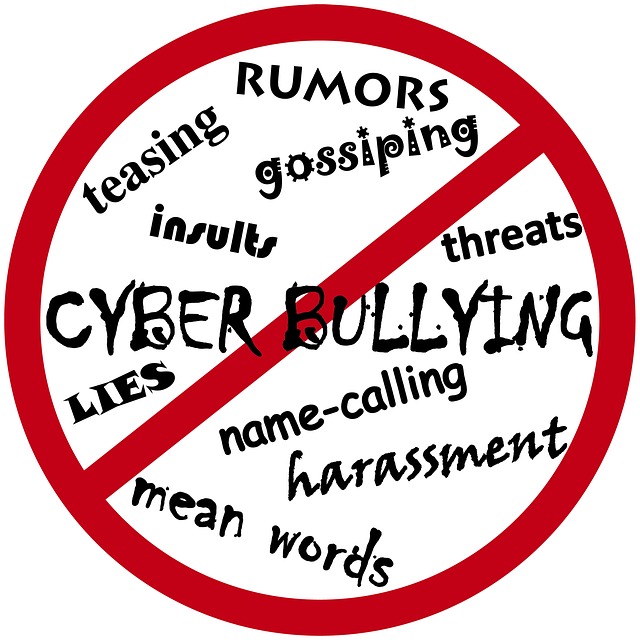Whether you are wrongfully accused or verbally abused by your boss or colleagues, workplace incivility shall be treated with maximum seriousness.
Surprisingly, statistics have shown that 1 in 4 Singaporeans have suffered from workplace bullying with the top aggressors being their bosses (62%) and their clients (21%). To make matters worse, Singapore was one of the few countries with the highest acceptance of workplace bullying (alongside Hong Kong and Taiwan).
With high acceptance for this issue, it only makes sense that fewer people address matters associated with it. Thus, the unacceptable behavior prevails.
A study that surveyed 6,000 people in Sweden showed that being subjected to “rudeness” spreads if the workplace environment did nothing about it. Rudeness in this context is defined as a way of violating the norm of mutual respect. For example, it can be as petty as excluding someone from the informed circle or as greater as taking credits for the work of others. As people often imitate and support the behavior of the dominant, there is a risk that rudeness will spread like wildfire and later on lead to bullying.
This is why it is important to identify and address bullying as it happens.
Here are 3 ways you can deal with it:
1. IDENTIFY WORKPLACE BULLYING
Bullying causes physical deterioration in work performance as well mental distress. It is generally categorized into three, namely:
a. name calling, malicious teasing, or pranks
b. sabotaging the colleagues performance (e.g.,spreading rumors)
c. forcing, causing self-imposed exclusion, or intimidation
Identification of workplace bullying is vital as some organizations may not want to acknowledge its existence while some people may not recognize that it is already happening to them.
2. SPEAK UP MORE
Sometimes the person who bullies you is your boss himself/herself. This is called an abuse of power. In our Asian context, there is an underlying culture of not defying the authorities and simply complaining about the issue in our smaller circles. As a result, any behavior from the boss is considered as acceptable and rarely excessive. However, you can only tolerate such behavior to a certain extent.
Once you have recognize that inappropriate behavior occurs, it is time to talk to the H.R. department or your boss about it. Steps to disclosing bullying shall include stating the observable behavior, describing its subjective impact, and validating the nature of the problem.
3. KNOW YOUR RIGHTS
If all else fails, you can always turn to the law. In November 2014, the Protection from Harassment Act 2014 together with 2 accompanying subsidiary legislation are equipped to protect the rights of every working individual.
It states that:
“No person shall, with intent to cause harassment, alarm or distress to another person, by any means —
a. use any threatening, abusive or insulting words or behavior; or
b. make any threatening, abusive or insulting communication, thereby causing that other person or any other person harassment, alarm or distress”
More importantly, this Act covers the online world too. So you must not undermine cyber-bullying!


